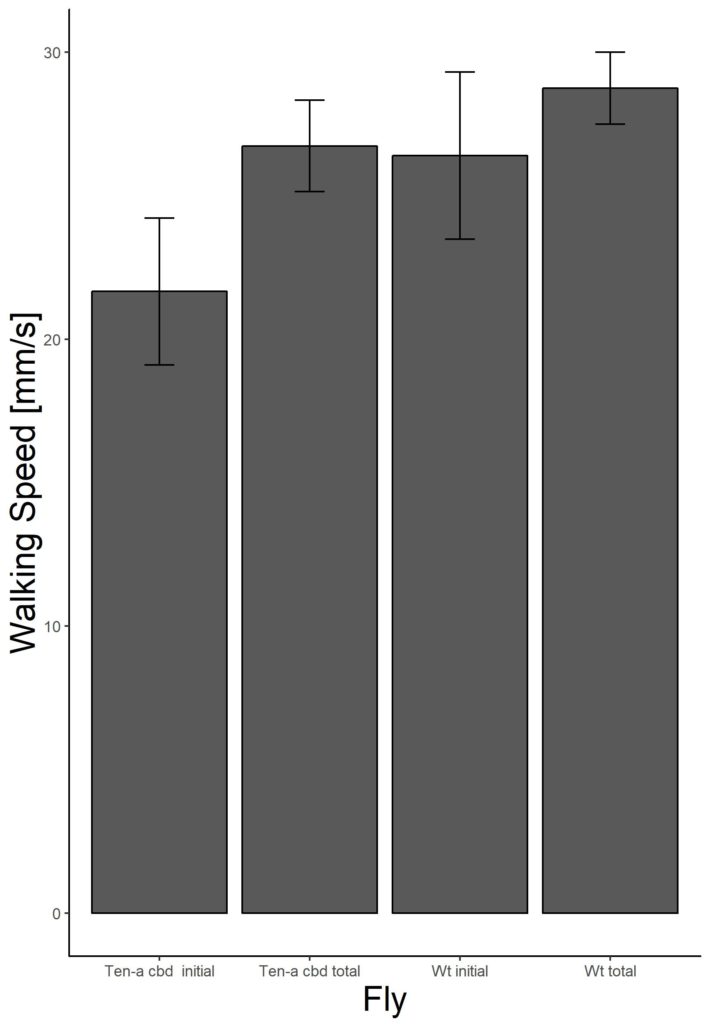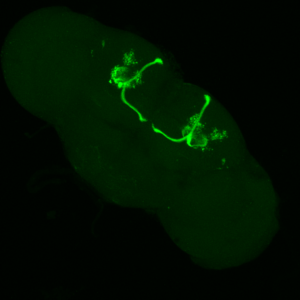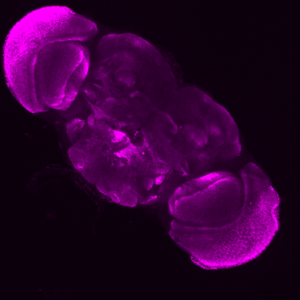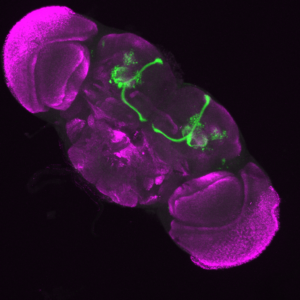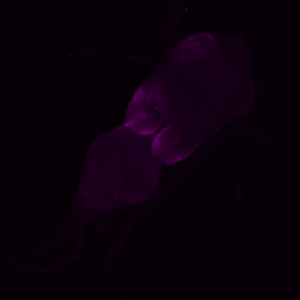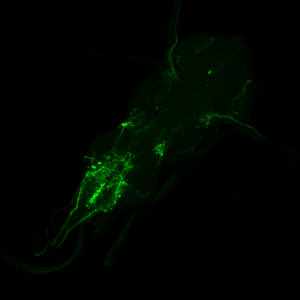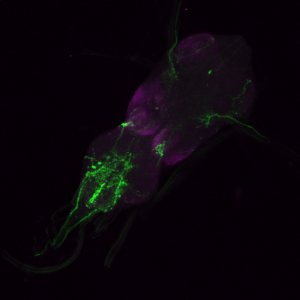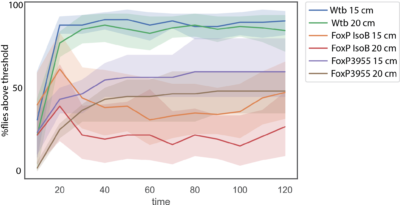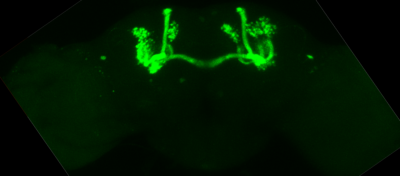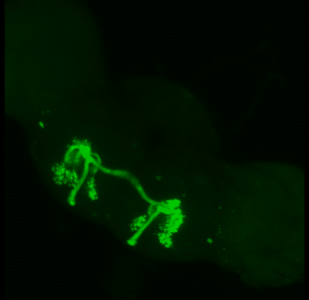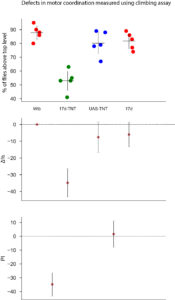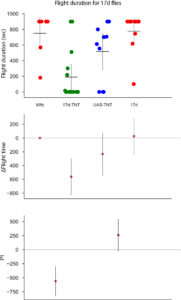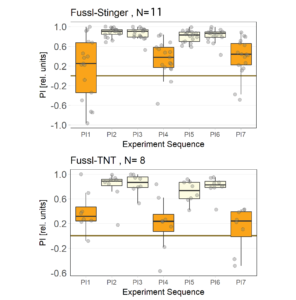Flight performance Ten-a cbd
on Monday, January 14th, 2019 2:54 | by Anders Eriksson
Control experiments for GFP expression of MBON lines
on Monday, October 29th, 2018 2:38 | by Anders Eriksson
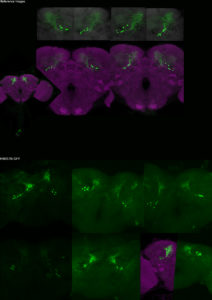
MB077B
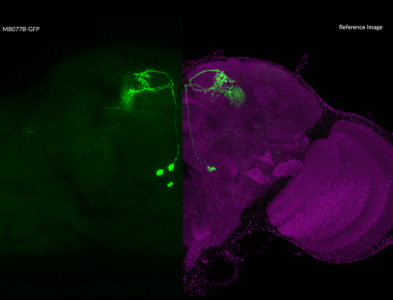
Category: Anatomy, crosses, genetics | No Comments
17d-GFP with Bruchtpilot staining
on Monday, October 8th, 2018 2:32 | by Anders Eriksson
Category: Anatomy, crosses, genetics | No Comments
17d flight simulator
on Monday, October 1st, 2018 2:58 | by Anders Eriksson
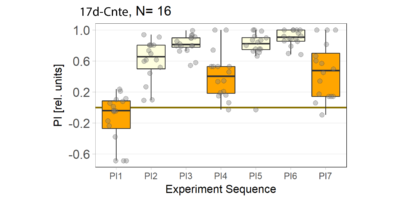
Category: crosses, flight, genetics, Memory, Operant learning, operant self-learning | No Comments
FoxP climbing assay
on Monday, October 1st, 2018 2:39 | by Anders Eriksson
Category: crosses, Foxp, genetics, Lab | No Comments
17d-GFP
on Monday, October 1st, 2018 2:37 | by Anders Eriksson
Category: Anatomy, crosses, genetics, Lab | No Comments
17d
on Monday, September 10th, 2018 1:03 | by Anders Eriksson
The experiments in the flight simulator. Self-learning performance indices in a two-minute test with the heat switched off after 4 and 8 minutes of training, indicated impairment of 17d-TNT flies.

The flies also showed clear impairments in their flight performance. To quantify this I assessed both possible alterations in their motor coordination (using climbing assay) as well as flight performance. The climbing assay relies on walking rather than flying. Both experiments show reduced ability of motor coordination and flight performance.
To confirm the specificity of the 17d-Gal4 fly I used the trans-tango flies.

Neuron, 96 (2017) 783-799. doi:10.1016/j.neuron.2017.10.011
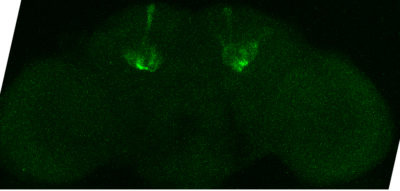
The trans-tango is notorious for having a low expression in adult flies, which was also observed by me. The image is taking without any GFP-antibody.
Category: Anatomy, crosses, flight, genetics, Memory, operant self-learning | No Comments
Fussl shows numerical difference in operant self learning
on Tuesday, August 7th, 2018 2:49 | by Anders Eriksson
The experiment was done as a pilot experiment before doing a larger scale.
The data is a bit inconsistent but shows a positive and reassuring numerical difference. The control is a bit lower than expected, compared to WTB flies (showing usually a PI 0f 0.6). The flies have a slightly different background than wtb flies and have pale orange eyes (still no apparent impairments in vision). Further experiments will be conducted before proceeding with a larger sample size of the flies.
Category: crosses, flight, genetics, Lab, Memory, operant self-learning | No Comments
Role of dopaminergic neurons in operant behaviour
on Friday, July 27th, 2018 3:54 | by Gaia Bianchini
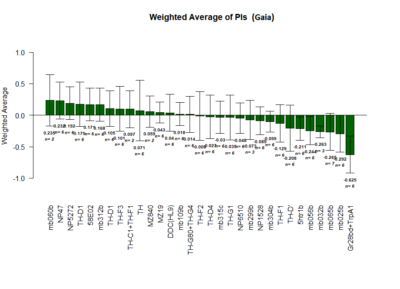
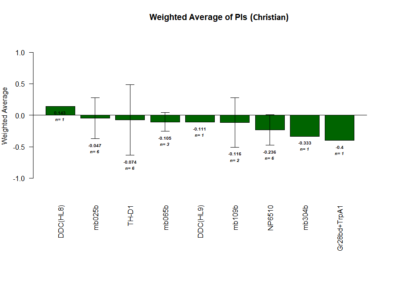
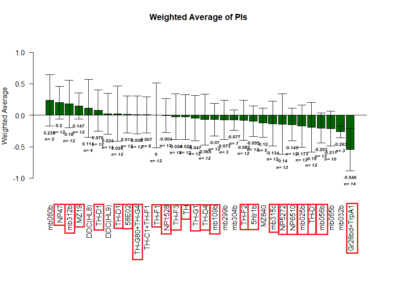
Positive Control: Gr28bd-G4, TrpA1-G4
Parameters: Light: intensity (500 Lux side, 1000 Lux bottom); frequency = 20Hz; Delay = 1 ms; Duration = 9.9 ms; volts = 6.4
Red lines: completed
mb025b: not selected against tubby
T-Maze experiments : screen results as on 16-07-2018
on Monday, July 16th, 2018 1:32 | by Gaia Bianchini
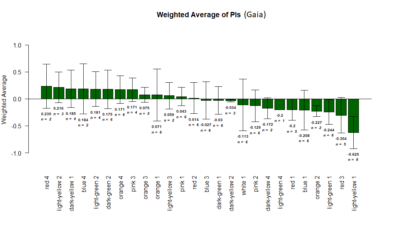
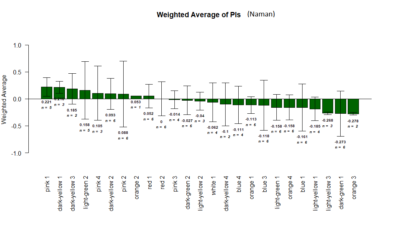
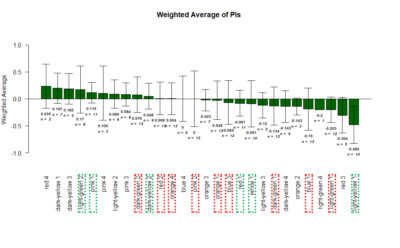
Yellow 1 (Positive Control): Gr28bd-G4, TrpA1-G4
Parameters: Light: intensity (500 Lux side, 1000 Lux bottom); frequency = 20Hz; Delay = 1 ms; Duration = 9.9 ms; volts = 6.4
